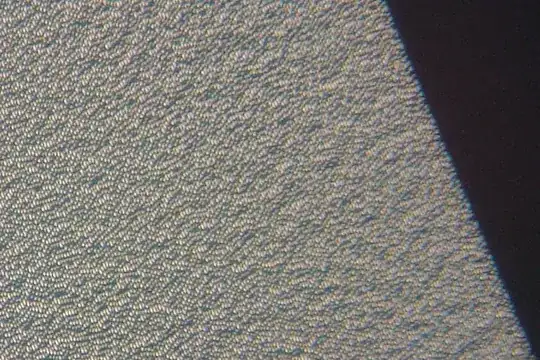I have 3 copies of a CD-ROM that came with a book, and all of them came cracked.
By the third time, I thought that I could probably recover the information using these 3 different discs and completing the missing bits from one another. It seems that just the beginning of the CD cotains information, maybe a few Megabytes, so I could try to do this.
I know it's extremely difficult to do by hand given the amount of bits, but it could be useful to later automate with electronics, knowing exactly how a CD-ROM looks like microscopically, given that a standard CD/DVD drive doesn't seem to give such a low level access but instead just returns errors.
So, how much magnification is required to see the lands and pits, the tracks, and all of the actual structure that would otherwise be seen by the laser of a CD/DVD drive?
Would 100x would be enough, or would I need something more like 600x or 1000x to see an area that contains 650-700 Megabytes?
Or do you know some way to make a CD/DVD drive return every readable bit as well as indicate the unreadable bits so I can then complete the data, even when the drive doesn't seem to detect a CD?

